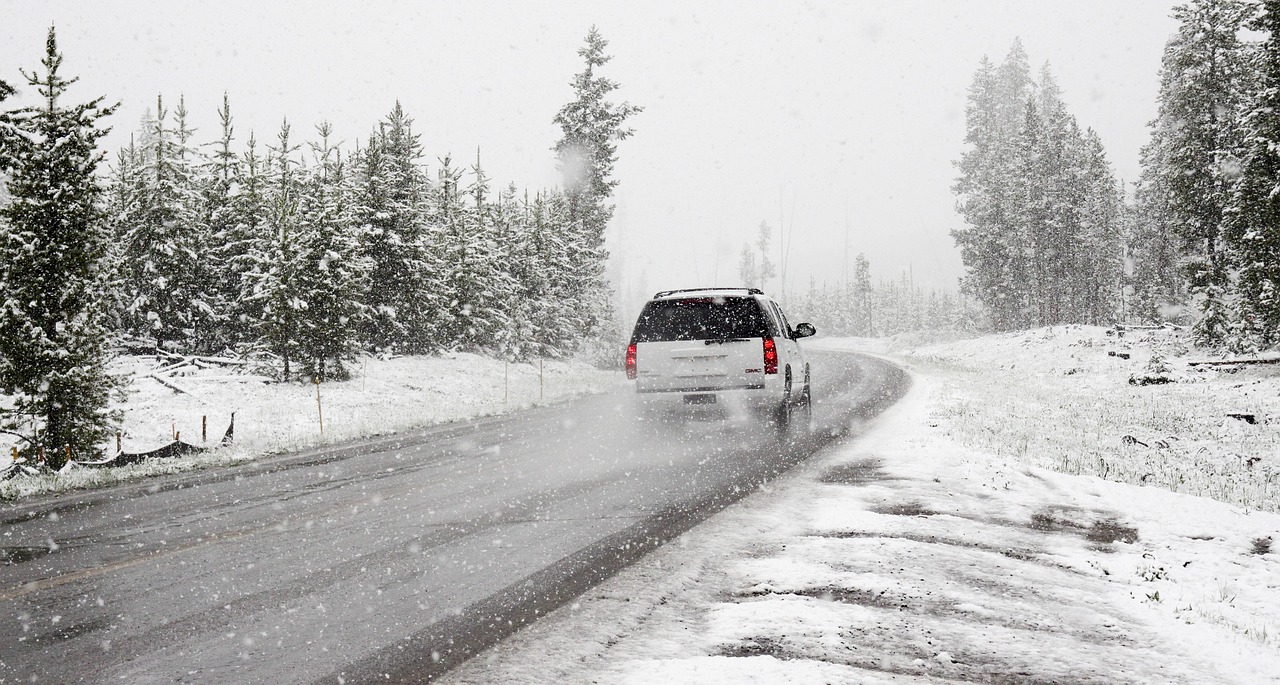When the weather starts to change, you need to ensure that your car is ready for the winter months. Getting caught in the cold with vehicle issues is always a possibility, but you can minimize this risk with a winter-readiness checklist. Ultimately, going through these steps can help you to save money in the long run. The minor investment that you make upfront can help you to avoid problems that can ultimately cost hundreds or thousands of dollars. Adequate preparation will help to prevent a breakdown or even an accident, so it makes sense to set aside an afternoon to confirm that your car is prepared to handle the snow and cold weather, depending on where you live and plan to drive. The following are some key steps to take in preparation for the winter months ahead:
1. Examine your tires.
During the winter months, your tires are extremely important for safety and control. Prior to the start of winter, you should examine your tires for wear and tear. If necessary, you should consider replacing them before conditions worsen. Modern vehicles have great built-in safety systems, but the interventions allowable by central processing units depend on having effective tires. If you live in a particularly cold or snowy climate, you should consider purchasing winter tires and installing them in the fall or early winter so that you are prepared when the first snow comes. Winter tires are specifically designed to maximize control in snowy or icy conditions in order to ensure that you have optimal control. In addition, these tires can help to reduce stopping distance and provide you with more traction on inclines. If you don’t need winter tires, then you should consider rotating your existing ones.
2. Buy new wiper blades.
Wiper blades are among the accessories that can take the biggest beating during the winter months. Luckily, companies like Trico make heavy-duty blades specifically designed to combat ice and snow in the winter. Considering that wiper blades are inexpensive and easily to install, new wiper blades should be a key step in preparing your vehicle for winter, especially since the cold weather can quickly degrade the material. Starting with fresh blades once winter begins can help to guarantee that they make it through the season. In addition, if your vehicle has a wiper blade in the rear window, don’t forget to check and replace it, if necessary.
3. Service your brakes.
In the winter, your brakes are under immense strain. Virtually all vehicle owners should have their brakes serviced as the beginning of winter and perhaps again halfway through the season. Since your brakes are under more strain in snowy conditions, it makes sense to get them checked once or twice. During snowy conditions, your rotors are subjected to a lot of moisture, and the salt on the roads can further break them down and cause spots of rust to form, which can limit their effectiveness. If you live in a dry climate, a second check may not prove necessary. Considering how important stopping is when ice and slush are on the road, you should invest in one service at a minimum and keep the possibility of a second one in the back of your mind.
4. Invest in winter-formulated fluids.
As the winter months approach, it is important to pay close attention to the fluids in your car. In particular, brake fluid can become degraded by the precipitation that occurs during the winter months. Small molecules of water can get into the brake fluid and reduce a vehicle’s ability to brake effectively. Ideally, you should flush and replace your brake fluid before the winter months begin. Moreover, you should select a formula that is rated for use in colder weather, as it will be more resistant to moisture and other contaminants. In addition to brake fluid, you should be sure to invest in winter windshield wiper fluid since the regular versions can freeze in particularly cold weather. If the fluid freezes, you will have no choice but to clean your windshield. The winter formulations are designed not to freeze.
5. Check your battery.
A vehicle battery is much more likely to die in the winter than in the warmer months. This is due to the fact that cold weather places a greater strain on a battery. The cold weather makes oil significantly more viscous, and the engine must work harder to get the fluid moving as it starts. Thus, the engine places more of a demand on the battery during the winter months. Before winter begins, you should ensure that your battery is in good shape. If it is not, then it should be replaced. Otherwise, you may find yourself stranded in the cold. In addition to testing the battery to ensure that it still holds an adequate charge, you should undertake a visual inspection to verify that there is no corrosion. If you are not sure what to look for, then it’s a good idea to seek out a professional.
